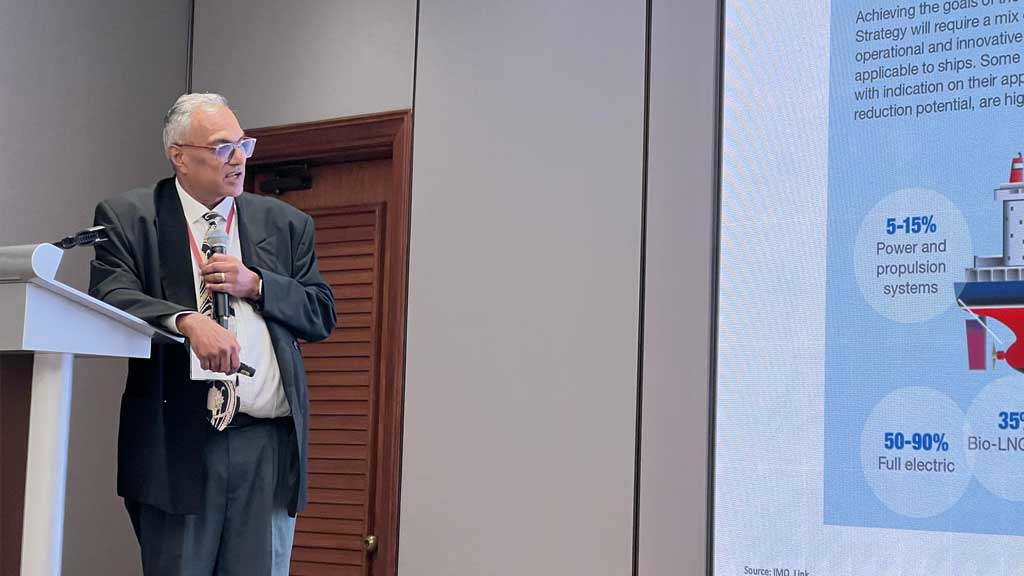Counterfeiting: A difficult balancing act for lubricant suppliers
Counterfeiting is a major concern for lubricant manufacturers. An estimated 10% of global lubricant sales are counterfeit products, with fast-moving brands and high-margin products most susceptible to forgery. Automotive lubricants are a common target, with passenger car motor oil (PCMO), heavy-duty motor oil (HDMO), motorcycle oils (MCO), grease metalworking fluids, hydraulic fluids, and industrial engine oils all prone to counterfeiting. While brands can take some comfort that only successful and popular brands are counterfeited, there are increasing efforts to combat this dangerous practice in the Asian region.
ALIA is a strong advocate for industry best practice and compliance, and places significant focus on the substantial challenges of counterfeit oils – despite it not ranking high on political priorities. On August 13, 2021, ALIA held a Member-to-Member Sharing Session on “Counterfeit Lubricants in Asia”. The event featured panellists from the lubricants industry, Chinese multinational e-commerce player, Alibaba, and Singapore-based luxury watch dealer, Leong Poh Kee Pte. Ltd. The session was moderated by Sharmini Lohadhasan, ALIA chair for the Subcommittee on Governance, Best Practices and International Relations, and ethics and compliance manager at BP Singapore, and provided highlights from the recently published ALIA whitepaper “Counterfeit Lubricants in Asia.”
The ALIA whitepaper was prepared by leading worldwide consulting and research firm Kline & Company, in collaboration with ALIA, and draws on survey responses from affected companies throughout China, South, and Southeast Asia. Actionable recommendations are included in the report, as well as insights into the role of local authorities.
Counterfeiting varies from country to country, with the highest penetration in China, followed by Malaysia and Myanmar, says Lohadhasan. Typically, fraudsters focus their efforts on local channels in the domestic market, though, she highlighted an increasing adoption of e-commerce channels for counterfeit sales, mirroring channel growth in the genuine market.
Regulations, packaging used by brands, a lack of consumer awareness, and price margins are all contributing factors to the level of product counterfeiting, says Lohadhasan. In some markets, counterfeiting is steadily increasing, in others, it is holding a steady course. Individual companies are increasingly adopting technology and packaging solutions to improve product identification. However, the difficulty is the time it takes to notice a phony product. Enforcement regulation varies from country to country. China is leading Asian efforts to combat counterfeiters, says Lohadhasan.
Tackling counterfeiting is a difficult balancing act for lubricant suppliers, suggests Tony Chen, marketing director at Valvoline China. Companies wish to confront this plague, though there are concerns about communication levels. Excessive communication can create the perception there are a lot of fake products and lead to customers questioning their choice of brand, he says. Chen noted the importance of leveraging new technology, especially the digital platform, to protect and promote brands, as well as understanding and analysing sales channels and consumer behaviours. Chen highlighted the example of QR codes on products to help consumers identify authenticity.
Mick Ryan, director, brand cooperation at Alibaba Platform Governance, Alibaba Group, outlined efforts of the Chinese e commerce giant to respond to the spread of counterfeit products both on and off its platform. Alibaba’s three-prong approach includes managing requests for assistance from law enforcement and brand initiated multi-party collaboration — where rights holders provide leads and Alibaba helps evaluate and build cases for law enforcement cooperation. The most advanced method is where we initiate the case ourselves, says Ryan. Using data-driven lead discovery Alibaba proactively generates leads as it attempts to determine sellers that are likely to be selling counterfeit products in high volumes. The organisation provides clues to brands or directly to law enforcement.
Using data technology and cooperation with a network of partnerships, Alibaba has been able to map entire supply chains including warehousing, oil manufacturing, and even where the raw materials and packaging were manufactured. Mapping the entire supply chain is a more effective way of tackling the counterfeiters, says Ryan. The Alibaba representative cited one example where 400 tonnes of counterfeit lubricants were confiscated with an estimated USD6 million value.
Infiltration of counterfeit products has slowed down in China due to increasing customer awareness, adoption of technology/packaging solutions, and supply chain measures. Clarity in the legal space is also helpful, says Ryan. China has a very good compromise between anti counterfeiting and data privacy laws. It is clear when we can and cannot provide data to law enforcement, he says. In Southeast Asia it is more difficult, we don’t have the same level of certainty, says Ryan. Models are not as advanced and supply chains are more difficult.
Ryan also indicated that Alibaba is wary of the quality and reliability of complaints around counterfeiting — some of which are submitted in “bad faith”. There are instances of complaints made by direct competitors, he says.
Leong Poh Kee Group is a 4th generation family business based in Singapore. Ken Leong, general manager of the Leong Poh Kee Group and executive committee member of Singapore Clock & Watch Trade Association, emphasised the role of the online platform in facilitating counterfeiting. Leong discussed the importance of artificial intelligence for detection and well as educating customers, so they purchase only from authorized sources. Tracing products using serialization and radio frequency identification (RFID) technology is becoming more common in the luxury watch market, with Leong noting some brands are using blockchain solutions to trace the origins of products from raw materials to point of sale.



